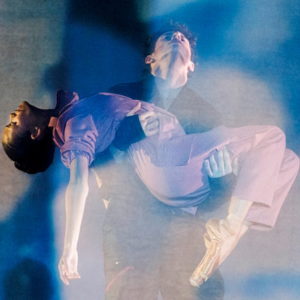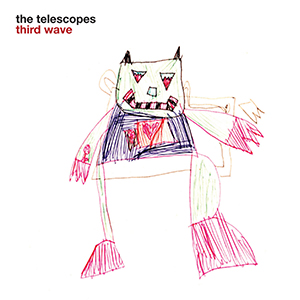BOHEMIA: By Night
By Shannon Brien
The end of the Great Depression saw the close of an era of frugality, the 1930s was a time to throw caution to the wind and jive. Nations were beginning to thrive culturally and new hot spots like Berlin and Chicago, were fast becoming entertainment epicentres.
Bob Fosse’s 1972 musical hit Cabaret has become the poster image of Berlin in the thirties. Based on Christopher Isherwood’s novel, The Berlin Stories, the film depicts a time of sexual exploitation and exploration in an era where communist and socialist ideas were thriving but establishments such as the Kit Kat Club gave people the chance to be their freaky selves.

Wilkomen, 1972, Cabaret, Bob Fosse
In some ways, the cabaret movement in Berlin during the thirties was indicative of several major arts movements spurred by the Weimar Republic that had a lasting impact on Germany until the beginning of the Second World War.
Berlin wasn’t the only city immersing itself in the era of sexual and cultural experimentation, jazz had begun to take off in Chicago with many renowned players picking up their instruments and blowing it in the windy city. The effect jazz had on Chicago is remarkable, socially it gave people the opportunity to interact and feel as though they were part of something and it helped the city flourish economically.
The 30’s has become the most popular era in jazz history as it saw the emergence of a structured set played by a large orchestra rather than an improvised set by a four piece. These larger bands were often fronted by a charismatic man or woman. Duke Ellington is known for creating the best orchestra in the business. His use of piano cues and visual gestures to conduct his band, alongside his interesting leadership style, made him an inspiration to the jazz community.
Joie de vivre, the joy of life, exemplifies the French way of living. In almost every decade Paris has been synonymous with style, culture and romance. This innate ability of the French to be bohemian pioneers typifies Paris in the 1930s. Roger Schall (1904 – 1995) captured this fabulous town by nightfall to cast it in a different light, or lack there of.
 Boulevards – Roger Schall, 1935, Courtesy of Galerie Argentic
Boulevards – Roger Schall, 1935, Courtesy of Galerie Argentic
Paris by Night at Galerie Argentic is displaying many of Schall’s never-before seen works of the nocturnal life in Paris. Through adopting a neutral standpoint, he has allowed his camera to focus on the city itself; the forgotten streets, shop signs and monuments.
 Métro Blanche – Roger Schall, 1935, Courtesy of Galerie Argentic
Métro Blanche – Roger Schall, 1935, Courtesy of Galerie Argentic
“Roger Schall was unquestionably squeezed out by the steamroller of history”, says Argentic founder Eric Boundry. “These images of Paris by night that we are exhibiting for the first time in this exhibition, are just some of these and are a special testimony to these times and to the very real talent of this photographer, who was a free and unconstrained agent.”
 Gare de Lyon – Roger Schall, 1935, Courtesy of Galerie Argentic
Gare de Lyon – Roger Schall, 1935, Courtesy of Galerie Argentic
Paris by Night is open now until October 11 at Galerie Argentic, Paris.






